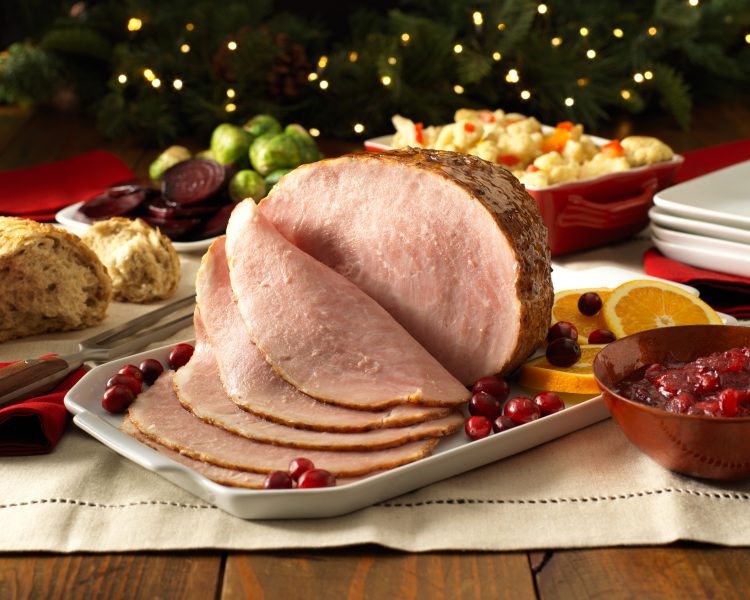Tag: tips
Kentucky Legend’s Ultimate Ham Thawing Guide
As the makers of the #1 selling boneless ham in the country, there’s a very specific nightmare that haunts us every holiday season: home cooks who fail to give their ham enough time to thaw.
 As the makers of the #1 selling boneless ham in the country, there’s a very specific nightmare that haunts us every holiday season: home cooks who fail to give their ham enough time to thaw.
As the makers of the #1 selling boneless ham in the country, there’s a very specific nightmare that haunts us every holiday season: home cooks who fail to give their ham enough time to thaw.
Believe it or not, y’all, every year far too many holiday hosts, some new to the task, and some who should know better by now, make this simple mistake, either from inexperience or just plain forgetfulness, what with all the million other things to do.
Well, we’ll be honest: there’s no worse feeling than preheating your oven only to realize your Kentucky Legend ham is still completely frozen!
Don’t jeopardize a legendary family meal. Check out our advice below on the best thawing methods as well as some options for when you’re in a pinch.
And, yes, go ahead right now and set a reminder on your phone for when to start thawing that ham!
In the Refrigerator
The best option is to thaw your frozen ham in the refrigerator for four to six hours per pound. So, if you have a five-pound ham, you should be prepared to thaw it in the refrigerator for a full day.
The good news is that thawing in the refrigerator doesn’t need to lead right up to cooking time. A ham that has thawed in the refrigerator can be kept in there an extra three to five days before cooking.
In Cold Water
The easiest way to do this is to fill up your sink with cold tap water so that the water covers your ham. But, first, make sure that your ham’s outer packaging is undamaged and leak-proof before submerging in the water.
Don’t be tempted to use hot water to speed up the thawing process, as hot water could cause the outside of the ham to heat up to a temperature where harmful bacteria are encouraged to multiply. (Read more about “What NOT to Do” below.”)
Drain and change the water every 30 minutes. To thoroughly thaw your ham, it will take 30 minutes per pound. While this method of thawing needs more attention, thawing your ham this way is much quicker.
In a Cooler
While not as traditional, thawing your ham in a cooler has the advantage of freeing up space in your probably overstuffed refrigerator.
Make sure that your cooler is also in a cool place, like a garage or basement. Check the inside temperature of the cooler from time to time and do not let it rise above 40 degrees F. If the temperature starts to rise, place ice packs around the ham.
In the Microwave
While it’s not recommended, if you forgot to use one of the methods above, you may be able to thaw your ham in the microwave if your ham is a quarter or petite size.
Be careful, since you’ll need to finish preparing the ham immediately after it’s thawed. You’ll also need to check your microwave’s manual for the minutes per pound and the power level; since each microwave varies. It’s very easy to accidentally “overcook” your ham when defrosting in the microwave and, thus, causing it to dry out.
What NOT to Do
To keep your ham safe, do not thaw your ham directly on the counter at room temperature or in hot or warm water. Thawing these ways creates the opportunity for harmful bacteria to grow on the surface of your ham.
And even if you think it’s cool enough in your garage, basement, car, outdoors, or on the porch, do not leave your ham to thaw in these locations! This is for food safety and to ensure the best quality ham is on your table.
